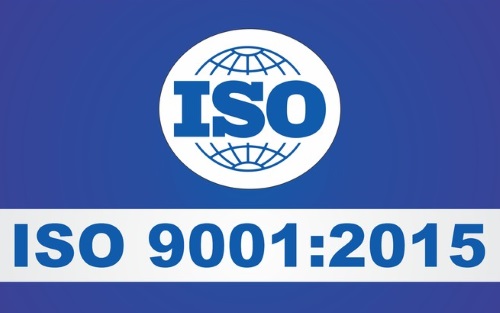 In ISO 9001:2015, infrastructures are defined as the set of facilities, equipment, and services necessary to perform work effectively and to achieve conformity of products and services.
In ISO 9001:2015, infrastructures are defined as the set of facilities, equipment, and services necessary to perform work effectively and to achieve conformity of products and services.
Regarding infrastructures, paragraph 7.1.3 of the standard requires that: everything that is part of the infrastructure be determined; the necessary infrastructures be provided to work optimally; they are maintained as planned through preventive maintenance and, when necessary, corrective maintenance. Any problems that may compromise the infrastructure or reduce its operability, even if temporarily, must also be identified.
The objective of this entire process is to guarantee the organization a set of infrastructures that allows it to achieve what it has planned in the best possible way. To determine everything that can be considered "infrastructure," we must focus on what is necessary for the operation of the processes and for achieving the conformity of products and services. We can, therefore, think of:
- Company areas used for a particular purpose;
- Specific constructions;
- Facilities;
- Machinery;
- Measuring instruments;
- Equipment;
- Transportation;
- Communication systems;
- IT services;
- Etc.
To demonstrate that all the required infrastructures have been adequately identified, it will be sufficient to present a description of the individual company processes that identifies them and also identifies their importance for the operation of the processes themselves. In addition, the results of an analysis aimed at demonstrating how the current existing infrastructure system is able to meet the needs arising from the processes and how, if necessary, the need for new infrastructure is identified can be presented.
As a second step, as we have seen, it is necessary to provide the infrastructures that have been decided to be fundamental in order to have the full operability of the processes and the achievement of the conformity of products and services. Failure to provide them would mean jeopardizing company performance.
Providing the necessary infrastructures is directly linked to the acquisition and development of resources. Buildings, spaces, computers, means of transport, etc. - in fact - must be acquired and adapted to what needs to be done. To demonstrate that this work has been carried out in the best possible way, it will be sufficient to present the design plan of the individual processes that shows which infrastructures were considered necessary for their full operability and the results that demonstrate that the processes are working exactly as planned without temporary solutions having been put in place to address emergency situations due to the lack or malfunction of some infrastructure.
The third and final step that must be guaranteed in order to say that the organization has worked at its best on these requirements is to prove that the infrastructures made available are maintained in the correct way. This, for example, will mean being able to guarantee the process outputs even in the event of a momentary power outage, a fire start, a virus in the computers, etc. and, therefore, not only maintaining something in good condition so that it can function at its best, but also making predictions about what could create problems for each infrastructure and developing a consequent emergency plan.
To demonstrate that this last aspect of the requirements relating to infrastructures has also been implemented correctly, it will be necessary to:
- Present a list of planned preventive maintenance operations;
- Present the emergency plans associated with each risk linked to the infrastructures that has been identified and the results of the tests conducted to test their effectiveness;
- Provide evidence of the incidents that have occurred over time and that have made the company infrastructures unusable for a certain period of time and the correction of the related associated emergency plans;
- Provide evidence that none of the product or service non-conformities found over time is linked to infrastructure-related problems


